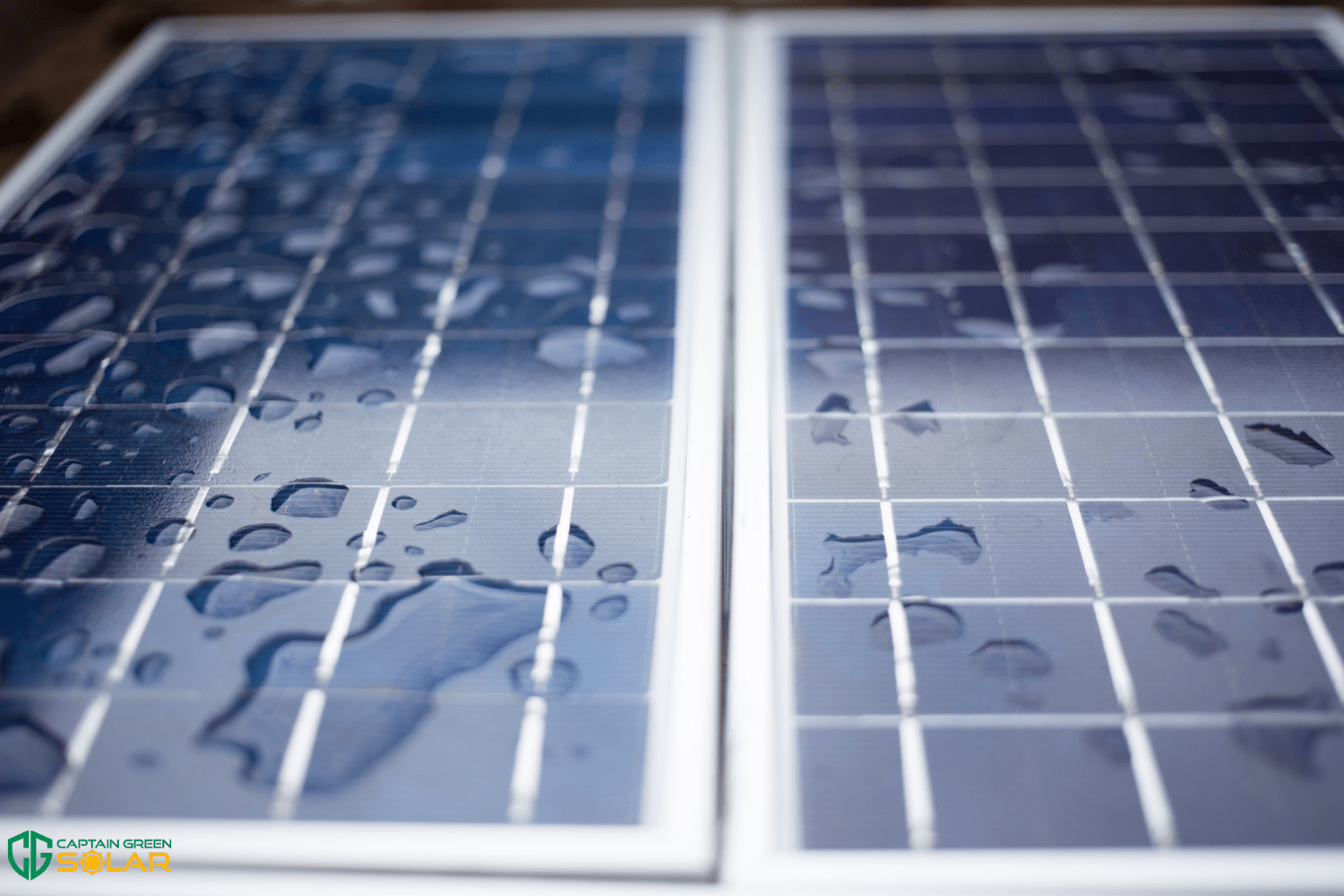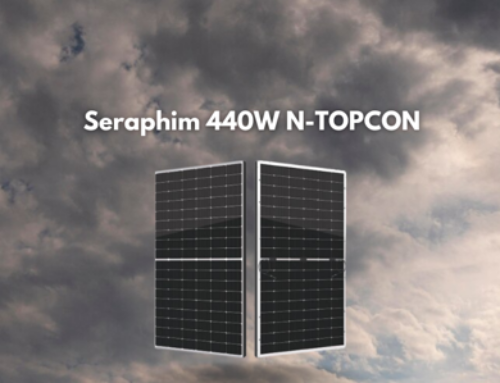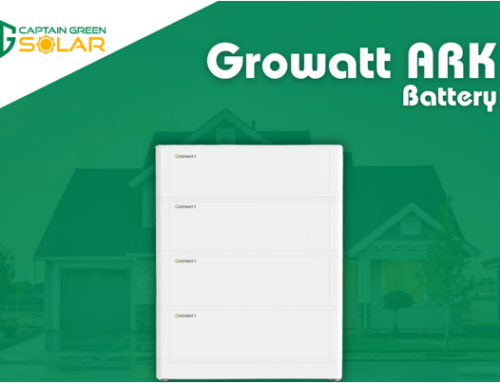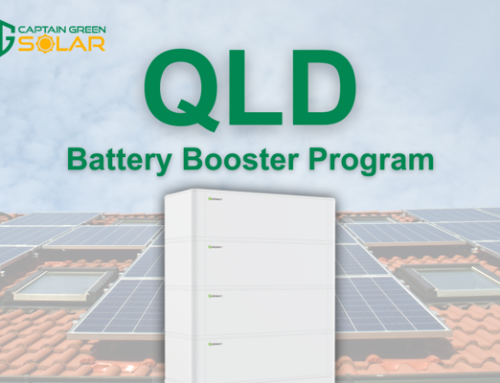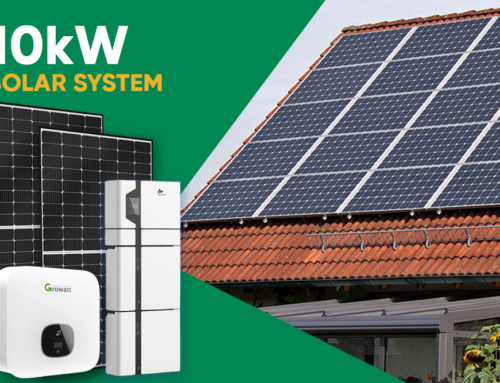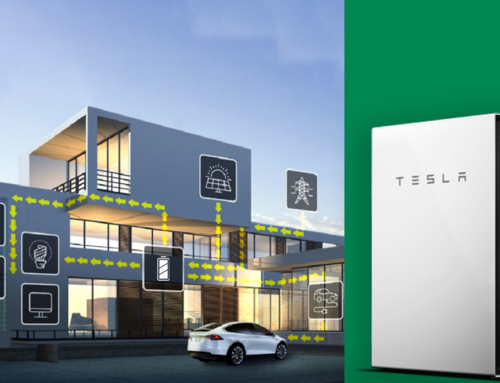If you’re considering investing in solar panels as we enter into autumn and winter, you’re likely wondering, “does solar work in the rain?”
There’s no doubt that the overall effectiveness of solar panel energy output is dependent on weather conditions, something that we, unfortunately, cannot control. Whilst it is clear that solar panels are most effective when exposed to direct sunlight, the question remains: “Does solar work in the rain?”
Although solar power production will undoubtedly be less on cloudy and overcast days, it is known that sunlight is still present when it is raining. The fact is, sun rays can penetrate through both rain and clouds, and thus, yes – solar does work in the rain. In addition, solar panels are designed to spend more than 30 years operational, and as such, are built to withstand the elements.
As Australia’s leading provider of solar panels, Captain Green is committed to ensuring that our clients experience great results from the solar solutions that we devote ourselves to. We believe that solar power is a worthwhile investment for almost everyone. However, can a solar panel work in rainy conditions? Read below to understand how solar panels operate under rain.
How Do Solar Panels Work in the Rain?
So how does solar work in the rain? Solar panels utilise photovoltaic (PV) technology to convert the sun’s energy into photons. The silicon photovoltaic solar cell absorbs solar radiation. When the sun’s rays interact with the silicon cell, electrons begin to move and consequently cause the creation of a flow of electric current that is compatible with our conventional electrical mains.
When it is a rainy or overcast day, sunlight is less prevalent and thus, the amount of energy that is converted to photons is lessened. You may be wondering, “well, when does solar work in the rain?” All the time! The solar panel will still function in rainy conditions; however, it will function at a decreased capacity when compared to bright, sunny days.
As a general rule of thumb, a solar power system will produce 10-20% of the energy it would usually produce in optimal conditions. However, on cloudy days, solar panels will typically generate 30-50% of the energy it would normally produce in optimal conditions. This is important to note when considering “is solar panel waterproofed?”
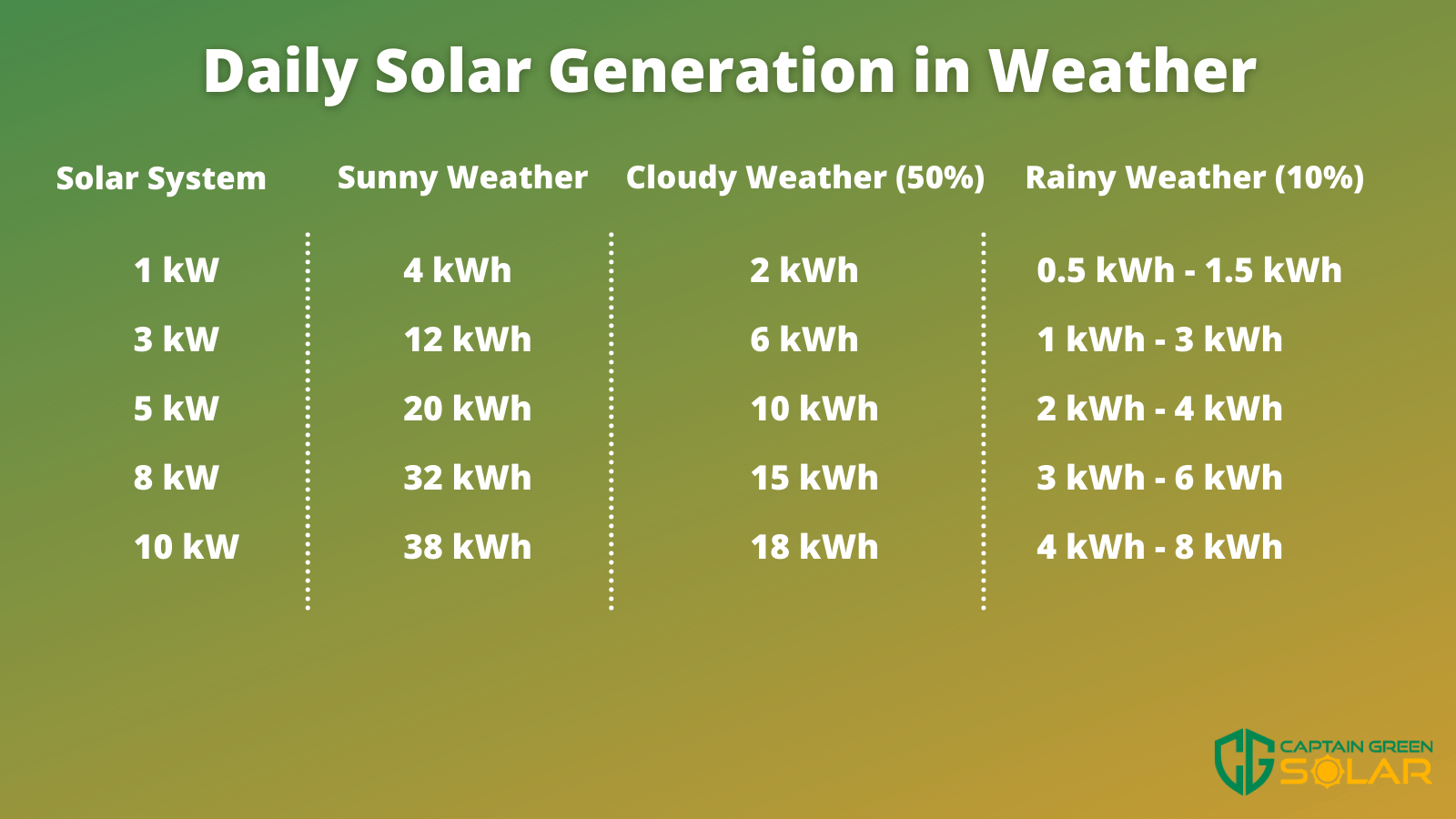
How Long Is Solar Panel Waterproofed?
Now that we’ve considered “how do solar panels work in the rain?”, let’s discuss waterproofing. No need to fear – solar panels can tough out a little rain. Solar panels are built to be exposed to the elements, and thus they’re constructed to be as resistant to water damage as possible. As a result, your solar panel will remain waterproof for as long as it is operational. In most cases, solar panels are covered by a thin glass sheet on the front and are protected by a sheet on the back. This protection is usually made from a durable, polymer-based material. When combined with metal frames and a sealant glue, your solar panel becomes waterproof and prevents water from affecting the cells and wiring inside.
But how can you reinforce your solar panel waterproofing and ensure that your solar panel system will be reliable over an extended period of time? Your solar panel installer will protect the panels against water damage by adjusting the slant of the panel to fit your roof so that rain will slide off the surface effectively. You can further protect against water damage by raising the waterproof seal on the panel.
In fact, rain can actually be helpful for solar panels, washing off the dirt and debris that has accumulated over time, allowing them to remain fully functional.
Can a submerged solar panel work in rain conditions? As long as the back panel is vacuum-sealed (which it should be upon purchase), technically, it can work, albeit at a much less effective rate.
What to Do in Case of Water Damage
When considering “how does solar work in the rain?”, in the rare case that your solar panel is damaged by water, you’re usually protected by warranties from the manufacturer of the solar panel. Water damage will only occur if your solar panel has a defect. There are two different types of solar panel warranty:
1. Solar Panel Equipment Warranty
A solar panel equipment warranty protects against problems that are associated with the actual quality of the panel itself. For example, manufacturing defects, wear and tear, and environmental damage will fall under solar panel equipment warranty protection. In some cases, your solar panel manufacturer may even replace your panel entirely, free of charge and cover installation costs. This warranty typically lasts anywhere from 10 to 12 years, but you should check with your manufacturer first as warranty agreements will vary across providers.
2. Solar Panel Production Warranty
A solar panel production warranty protects against solar panels that are underperforming and producing less energy than expected. Over time, your solar panel will degrade and generate less energy. Your production warranty will guarantee a certain level of performance after an agreed upon amount of time. If wet weather damages your solar panel, causing its production capabilities to decrease, your solar panel manufacturer will have to replace the damaged panel.
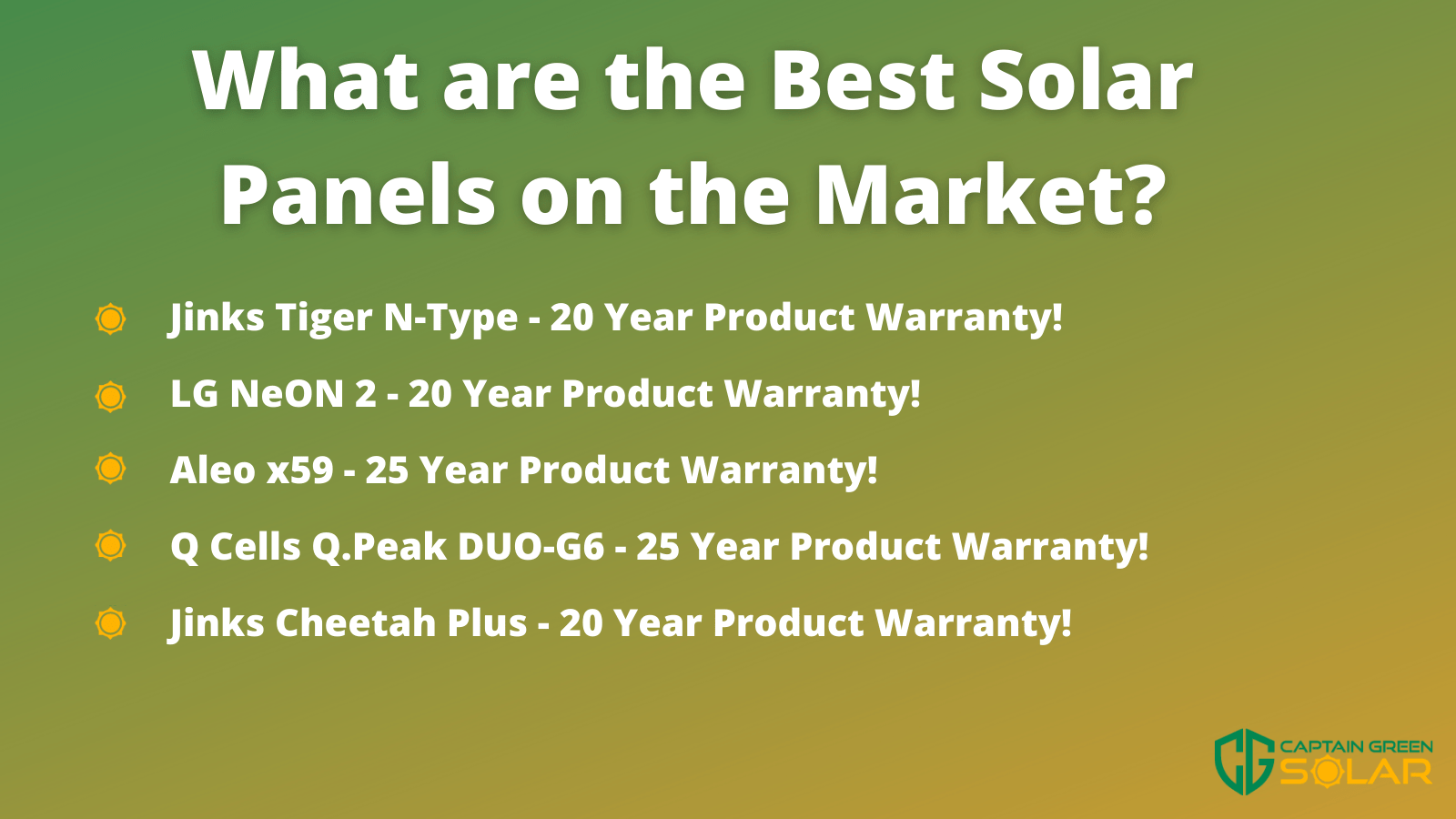
Solar panels will remain effective against most weather-related stresses. Snow has little to no effect on the efficiency of solar panels, for example. Solar panels can even survive extreme events like cyclones and hailstorms. Solar panel glass is typically very durable, which prevents cracking if heavy objects fall on it. Similarly, proper installation will prevent strong winds from inflicting damage or removing the panel itself from the rooftop.
Solution to Rainy Weather: On-Grid Solar System
So, we’ve answered the question of “does solar work in the rain?”. Although solar panel systems will continue to work during rainy weather, it is sub-optimal to experience an energy output 80-90% less than normal, especially if the rain is forecasted to stay for several days. Most solar-powered houses in Australia operate on what’s called an ‘on-grid’ solar system, whereby you have two sources of electricity: one is your solar, the other is your electricity provider.
During a bout of rainy weather, you can pull the extra energy needed for your home from the utility grid, and your electricity provider will charge you for those units at the end of the month. The utility grid will supply you in power with whatever deficit you’ve been experiencing as a result of the rainy weather.
When the sun is at its peak, your solar system will generate more power than what is needed, supplying the excess power to the utility grid. Your energy supplier will credit the surplus units of electricity back to you in your bill, and you can use this credit during the rainy season. Isn’t that awesome?
Solution to Rainy Weather: Solar Batteries
If you have a solar ‘off-grid’ system, there is the chance that if it rains heavily for an extended period of time, you may lose power. That is, unless you have a backup power supply. Solar batteries are the perfect solution to poor weather conditions and can be charged when it is sunny! Solar batteries store the excess energy produced by solar panels throughout the day.
Captain Green recommends having a sizeable amount of backup solar battery storage in the event of extended sub-optimal weather conditions. This will increase your electricity storage capabilities and ensure power, even when the solar panels are not as effective. In case there is a widespread power outage, solar batteries work as a short-term back up. Solar batteries should be one of the first purchases for anyone considering “does solar work in the rain?”

The Optimal Weather Conditions for Solar Power
Most of us would assume that the stronger the sun is, the more electricity produced from our solar panels. Right? Actually, excessive heat will cause a decrease in the energy output of your solar panel system.
The optimal temperature for solar panels is 25 degrees Celsius. As such, the ideal weather conditions for solar panel efficiency is a cooler temperature with high sun exposure and bright, clear skies.
Solar panels are most efficient when the sun is at its highest point, typically around 11 am – 4 pm.
Does Solar Work in the Rain?
So, does solar work in the rain? Unfortunately, whilst solar power does work in the rain, its overall efficiency is dramatically affected. Luckily, there are workaround solutions that can be applied to improve your solar panels’ performance.
At Captain Green, our experienced team has installed over 250,000 solar panels across Australia. We’re passionate about renewable energy solutions and helping clients realise their solar power dreams. Give us a call today on 1300 361 682 if you’d like to know more about solar power or receive a customised quote for the installation of your new solar panels! Looking to buy a new solar panel system? Don’t worry, we’ve got you covered there too. Check out our solar panels range today!

